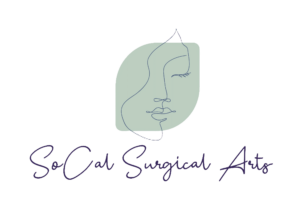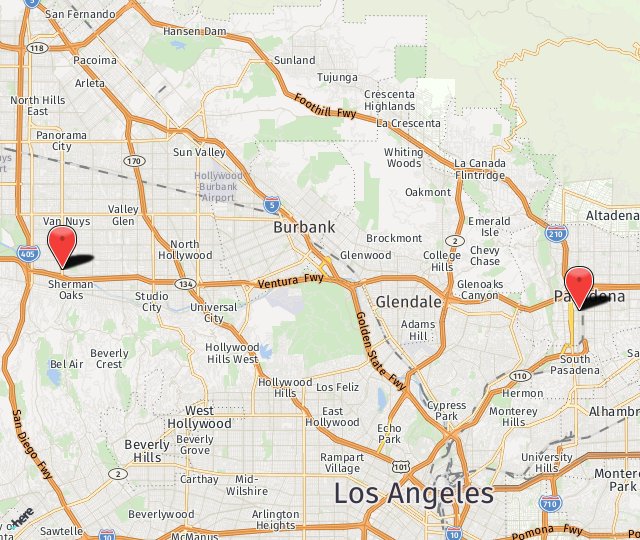A cleft lip and a cleft palate are birth defects that affect the upper lip and roof of the mouth. They appear as either an opening in the upper lip, or an opening in the roof of the mouth. More than 6,000 infants born in the United States each year are affected.
A cleft can appear in the lip or the palate alone, or in both, and on one or both sides of the mouth. Children with clefts are at higher risk for ear infections and dental problems. A cleft lip and/or palate can cause feeding, speech, ear and dental problems.
Cleft Lip
Cleft lip is a common facial birth defect that is characterized by a split or opening in the upper lip. Cleft lip occurs during fetal development, and results when tissue in the mouth does not fuse properly. It may occur on its own or in conjunction with a cleft palate.
In most cases, a cleft lip only occurs in the upper lip and does not affect the lower. A cleft lip can be defined as unilateral (on one side of the lip) or bilateral (on both sides of the lips, usually extending into each nostril).
Cleft Palate
A cleft palate is a birth defect in which the tissue of the roof of the mouth does not join properly. The opening may be in the soft palate, which is the tissue toward the back of the mouth, or in the hard palate, which is the bony area in the front of the mouth.
Causes of Cleft Lip and Palate
Not all causes of cleft lip and palate are known, but doctors believe some causes may be genetic. Other causes may be a result of the following during pregnancy:
- Use of certain medications
- Malnutrition or vitamin deficiency
- Exposure to certain chemicals
- Smoking and alcohol use
Cleft lips and palates can cause problems with feeding, nursing and speech. If they do not receive treatment, children with clefts may experience dental problems and frequent ear infections.
Cleft-Correction Surgery
Reconstructive surgery is the recommended treatment for all clefts. For a cleft lip, surgery is usually performed when a child is between 3 months and 6 months old; for a cleft palate, surgery is usually performed between 9 months and 14 months. When surgery is performed for both defects at the same time, doctors often wait until the child is at least 6 months old. The goal of the surgery is to enable the child to speak, eat, hear and breathe as normally as possible.
To correct a cleft lip, the child is put under general anesthesia, and the tissue and muscles are repositioned. The cleft is then closed with absorbable stitches. Skin is sewn over the correction with fine sutures to minimize scarring. Any resultant scar will fade over time.
To correct a cleft palate, the surgeon makes incisions on both sides of the cleft, creating flaps of tissue. The flaps are then stitched closed with absorbable stitches.
Recovery from Cleft-Correction Surgery
Cleft-correction surgery is considered safe but, as with any surgery, there are risks. Those risks may include:
- Bleeding
- Infection
- Reaction to anesthesia
- Damage to surrounding nerves
Additional Resources
After surgery, the mouth area may be bandaged, and medication given for pain. A 2-day hospital stay is common. Before the patient leaves the hospital, parents will be given instructions on how to administer prescribed pain medication, feed the patient and care for the surgical site. Surgery may leave some internal scars, but the palate usually heals well, and few signs of the cleft will be evident.
Cleft-correction surgery helps to cosmetically reconstruct the facial features of the patient, and aids in the proper development of the teeth and facial bones. Cleft-correction surgery creates a more normal appearance of the lip and its surrounding area, and increases a child's ability to eat and speak. After cleft-correction surgery, children go on to live relatively normal lives. Speech therapy may be required for children with residual muscle problems from the cleft palate.

